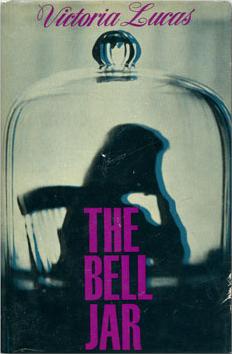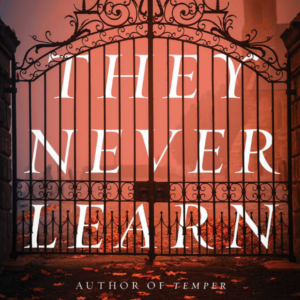The Bell Jar by Synthia Plath
Genre: coming of age
Published: 1963
Rating: 3
Goodreads rating: 4.1

Preface
I started the Bell Jar March 29th and finished March 31st. This book was on a few Pinterest book recommendations, as well as that I knew it was somewhat classic literature.
The following review comes from my point of view as someone around the same age as the main character and has also dealt with mental illness.
The Bell Jar is largely taken from the life of the author, Synthia Plath, with things like events and names changed. It is still read like a fiction novel, rather than a memoir. Because of the similarity to her life, and the content of the novel, Plath published this book under the pseudonym Victoria Lucas. Plath committed suicide a month after her only novel’s publication. She was also a published poet.
Summary(may contain small spoilers)
The book follows Esther, a 19 year old college student, who starts at a magazine internship in New York where Esther does not get much enjoyment out of it despite friendship and an all expenses paid trip.
Esther is largely concerned about sex and the double sided standard of virginity. She is also a perfectionist and expects too much of herself. It seems a lot of her self worth is hung on being extremely academic.
When she comes home from her internship, she spirals down and experiences severe depression and insomnia. The latter half of the book is her experience and recovery with this. It gives a glimpse of mental health treatment and attitude during the 1950s. The notion of virginity, gender roles, and perfectionism are still explored.
My review
I rate this novel 3/5. I didn’t really enjoy this, but I know that there is worth to the story and the themes that are explored.
I found Esther unlikable, mostly because she thought she was better than other people. Although that is likely part of her mental illness, it just irked me. Perhaps I just don’t like her because her experience and disorder is not exactly my own. I don’t think that this should outright dismiss the novel. Even today, it is important to recognize that mental illness is not glamorous like in some media today. We must recognize that certain conditions make people not likable, but that does not render the experiences of, or a person, worthless.
The novel was just brutally honest on how it can be, and that is exactly what the 60s needed, and what we need in modern day. Nothing sugar coated, just what it’s like to be a mentally ill woman, what others think of you, how treatments are handled. Of course, things like lobotomies or ill handled electroshock therapy are not commonplace or that relevant today, but I think the experience is still worth its weight. I would think that a modern retelling of this book would be much of the same, which is really interesting to think about.
My favorite part about the book was its namesake. Esther uses a bell jar to represent the feeling of depression. As in feeling trapped, suffocated, and an ever looming presence. While not everyone has the same experience as this, I think it is a good comparison that I relate to.



